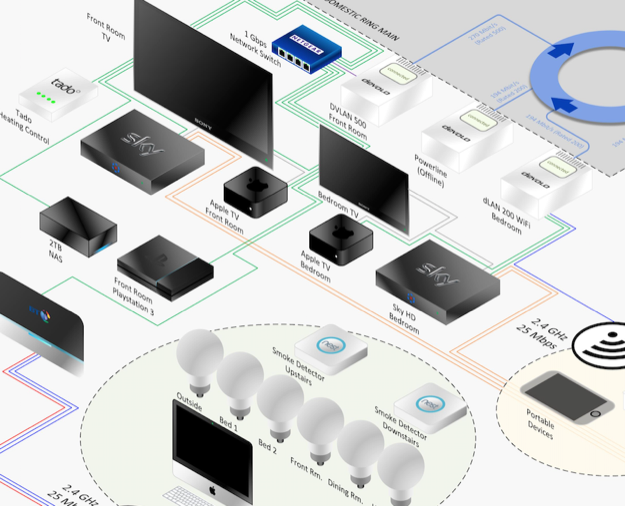
The Federal Communications Commissions released 1,200 MHz of spectrum across the 6 GHz band for unlicensed use yesterday. It’s a particular benefit for indoor network, which will be able to use the entire band. The decision puts some limits on unlicensed outdoor use, but even with restrictions it offers a valuable resource for increasing the capacity and sophistication of wide area wireless broadband networks.
The restrictions only allow outdoor use if it’s managed via an automated frequency coordination system, and then only in 850 MHz of the band. Indoors, the entire 1,200 MHz is available, but only for low power devices. Low power, in this case, generally means the power levels that WiFi routers, laptops, smartphones and other consumer devices currently use. So not much difference in that regard.
The FCC’s press release and commissioners’ comments characterised the decision as a massive expansion of indoor WiFi capacity, and it is that up to a point. But it also opens the door other technologies, such as high capacity wireless video – no more cables between your 4K television and broadband connection or cable/satellite box, for example. That’s assuming both devices are either in the same room or not separated by walls that are too thick or other obstacles, like refrigerators or washing machines.
Which is the trade off. Similar to current 5 GHz WiFi connections, 6 GHz transmissions are easily blocked. There are advantages to that: low power indoor use gets a free pass because there’s not much chance of signals straying outside and interfering with users that have licenses for specific slices of that spectrum. Outdoor users will have to be more disciplined – they get to use higher powered unlicensed gear, but only on frequencies that won’t interfere with nearby licensed users.
But that opens up a lot of radio frequency bandwidth that can be used to expand broadband availability and capacity. It’s not a magic solution to everyone’s problems – outdoor use will also be limited in range for the same reasons as indoor coverage. But 6 GHz spectrum is another tool in the kit that can be combined with other unlicensed frequencies to build more robust and higher capacity networks.
The technical details of the decision haven’t been released yet, although it’s a fair bet that the final version tracks pretty well with the FCC’s first draft, which was published in 2018.
